FINISTERRE: WHERE THE WORLD ENDS
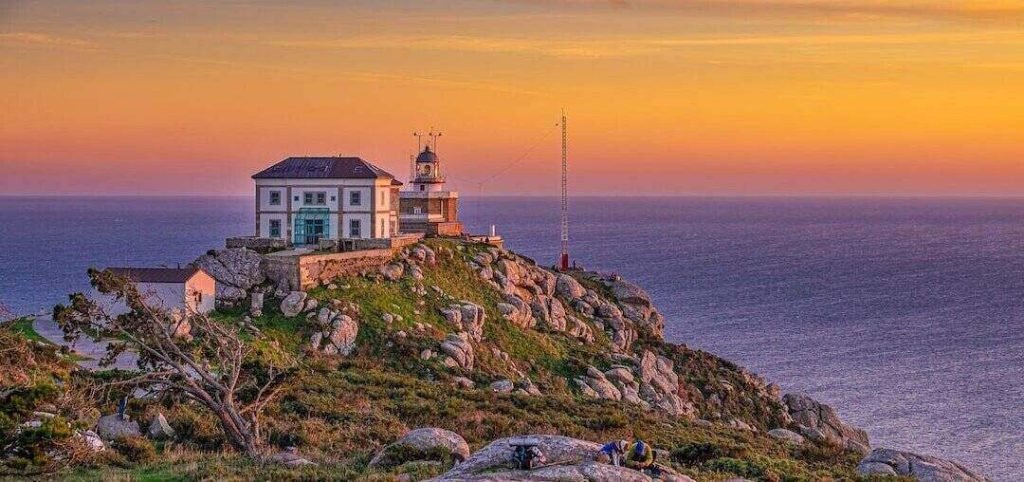
Table of Contents
The city of Finisterre
Where the West ends where the sun goes to bed and seems to be swallowed by the sea, the last point of Europe, the End of the Earth or the classic End of the World, many are the epithets that could be applied to Cape Finisterre. This cape in the north of Spain, specifically in Galicia, is one of the most magical places in Europe.
Read also: 4 ROUTES YOU CAN’T MISS IN PONTEVEDRA
Galicia travel products
-
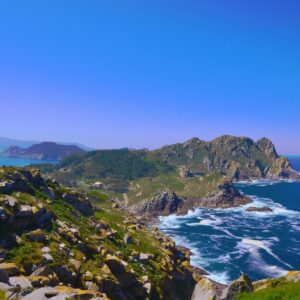
Rias Baixas Excursion
Rated 4.93 out of 530,00€ – 55,00€Price range: 30,00€ through 55,00€ Select date(s) This product has multiple variants. The options may be chosen on the product page -
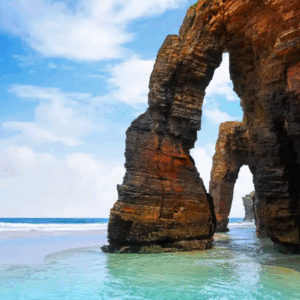
Playa de Catedrales – Mariña Lucense – Asturias
Rated 4.92 out of 535,00€ – 60,00€Price range: 35,00€ through 60,00€ Select date(s) This product has multiple variants. The options may be chosen on the product page -
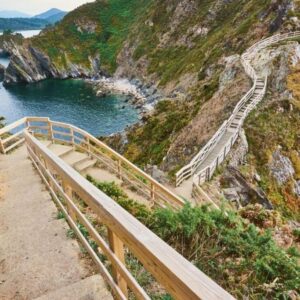
Fuciño do Porco
Rated 4.50 out of 519,00€ – 75,00€Price range: 19,00€ through 75,00€ Select options This product has multiple variants. The options may be chosen on the product page -
Sale!

Finisterre, Muxía, Costa da Morte
Rated 4.94 out of 520,00€ – 49,00€Price range: 20,00€ through 49,00€ Select date(s) This product has multiple variants. The options may be chosen on the product page
A place of special energy
Finisterre Since at least the Bronze Age it has been a meeting place for people, a place of special religious significance and a place of pilgrimage. For at least two thousand years, this cape, one of the most westerly in Europe, has welcomed people from all walks of life. In pre-Roman times, the Nerians and Artabrians dominated this enclave, crowned by Mount Facho, which is just over 200 metres high, and according to classical tradition, one of the most important and mysterious religious relics of antiquity, known as the Ara Solis, was kept here. According to sources, this altar dedicated to the sun stood near the present-day lighthouse and was built in imitation of Greek architecture. It was supposedly a kind of ‘baldachin’ made up of four columns supporting a small rounded dome, the lower part of which was covered by a stone on whose surface were engraved symbols alluding to the sun. According to tradition, the worship of the sun and the visit to this altar attracted masses of people whose aim was to contemplate the stone, especially during the solstices. Even as reported, in this case according to sources probably of medieval origin, there must have even been a high priest who would be in charge of organizing religious ceremonies and whose name, according to various authors, would be Regulus.
In the 2nd century BC, according to classical geographers, Roman troops would have reached this place immersed in the conquest of Hispania led by the general Decimus Junius Brutus, a relative of Caesar’s murderer, who approached with curiosity to see the famous place of pilgrimage. Tradition says that before the fear that the place generates among foreigners, because of stories that ran at that time, he did it alone without his soldiers. And it was said that whoever passed towards the bottom of the cape would lose their memory and not even remember their number. To prove that it was simply a baseless story, he numbered each of his soldiers by number to show them that they had nothing to fear from that place.
It seems that with the passage of time the place fell into oblivion, along with the process of Romanization, and it would not be until the Christian era when it resurfaced as a meeting place for diverse people. It seems that Ara Solís disappeared, some legends say that it was even destroyed by the Apostle Santiago himself during his preaching in Spain. With the passing of the centuries a hermitage dedicated to San Guillermo was erected in its place. So the Christian tradition hit the pagan tradition that had been dying for some time.
The Port
Another crucial commercial area in this city is the known as the Port.
Of great importance as the westernmost port in the world, it was the main point for the Phoenicians and the initial trade with the “new world”, gaining a reputation for its great winter storms and dangerous currents. Getting to know the entire area around it as the “Costa da Morte”.
Currently, although it is a fishing port of no more than five thousand inhabitants, is surrounded by houses and restaurants with views of the cape that are daily stocked by small fleets with fresh products and the highest quality to please the most demanding palates of tourists and pilgrims who end the Camino de Santiago.
Read also: EVERYTHING ABOUT THE CATHEDRALS BEACH
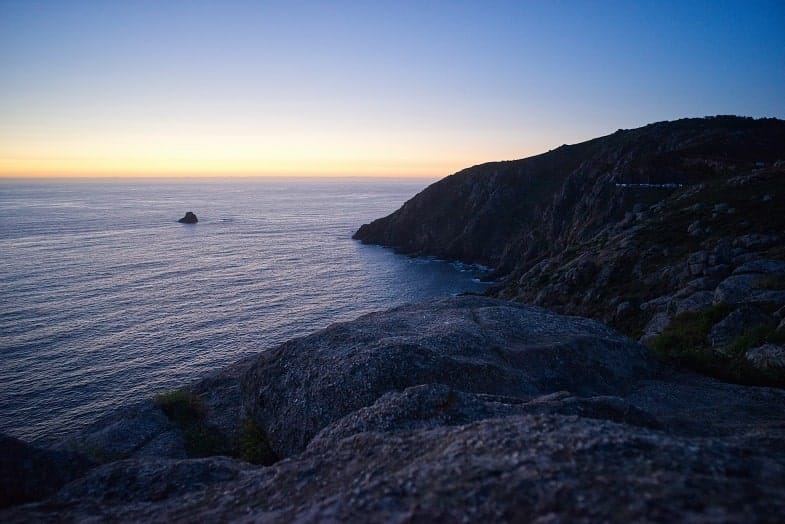
A reference place for those traveling to Galicia
With the discovery of the remains of the Apostle and the beginning of the pilgrimage to Compostela, it gradually became the natural extension of the Camino de Santiago.
Today it is without a doubt the second most visited place in Galicia after the Cathedral of Santiago itself. Getting there is easy, especially because of the numerous tours and excursions that companies like Galicia Travels offer.
And once the pilgrimage to Santiago is over, it is mandatory to visit Finisterre. For all this, it is today, in the 21st century, a place of reference at a national and international level that cannot be left without visiting.
